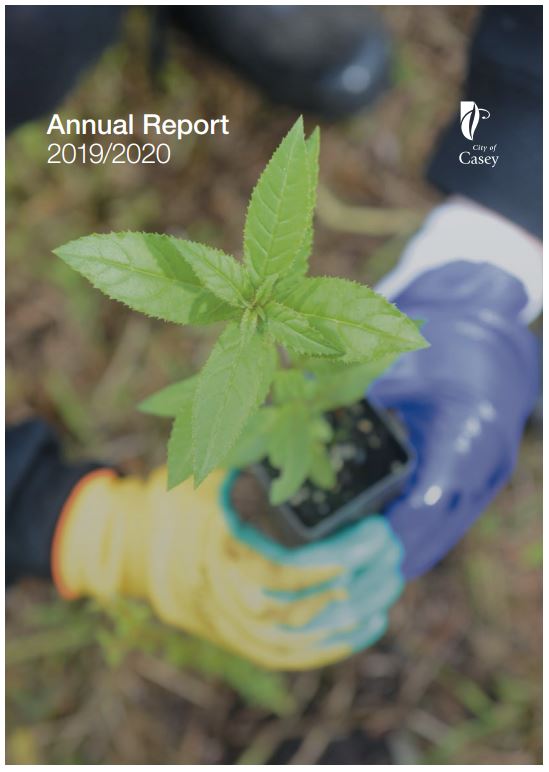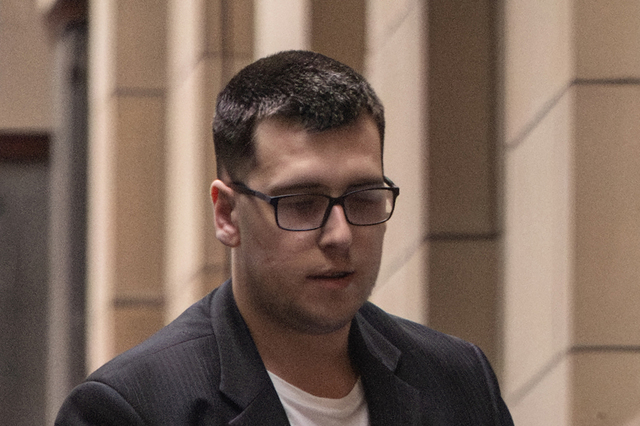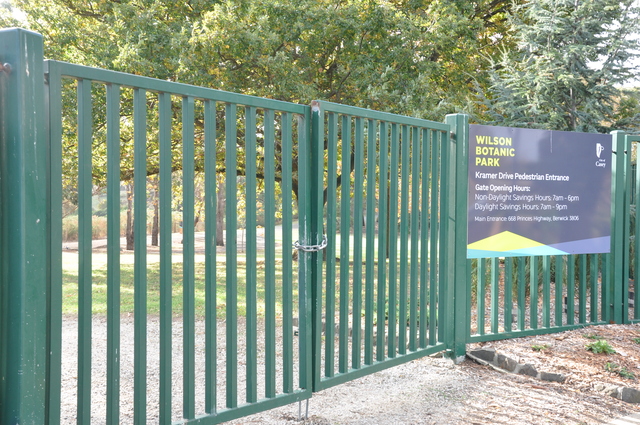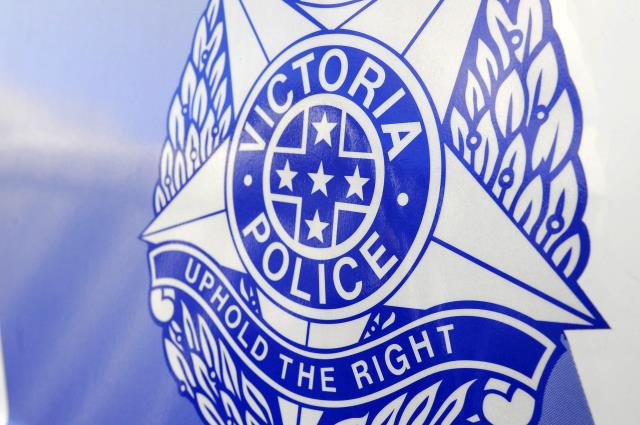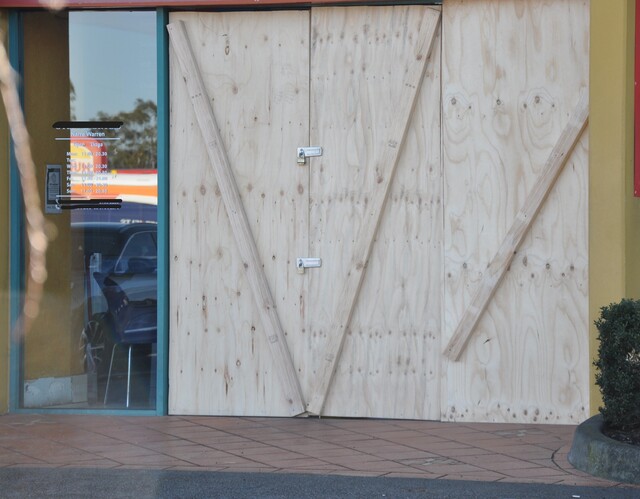The Casey City Council region remains a national growth powerhouse with a cashed-up council and – subject to easing Covid restrictions – a growing sense of optimism in the future.
Details are revealed in Casey City Council’s annual report, released at the meeting of administrators on Tuesday 20 October.
The report noted that the fast-growing Casey community was ranked second in Victoria and fourth in the nation, with 13,700 moving in each year on average. The estimated current population of 369,000 is expected to rise to over 549,000 in the next 20 years, with Clyde and Clyde North to absorb the majority of new residents.
The financial reports revealed a surplus of $169 million on revenue of $522 million. The surplus is made up mostly by developer contributions from developments and subdivisions, that will be used for future infrastructure on estates.
Other notable numbers include:
· The council’s debt at a very reasonable 22 per cent of rates revenue, down from about 31 per cent two years ago.
· Staffing numbers ran to 1818 actual full-time, part-time and casual employees; or 1186 equivalent full-timers.
· An impressive list of some 270 community grants totalled just over $1.2 million.
· A detailed breakdown of how the council budget is spent – and the proportion to each major area of activity..
The city’s financials have also been given a clean bill of health by the Auditor-General’s office.
In her introduction in the report, chief administrator Noelene Duff acknowledged the challenges faced by Casey, with the sacking of the council and ongoing IBAC investigation – currently suspended due to the Covid pandemic – and the consequent stresses on staff and the community.
Ms Duff said that addressing governance issues and restoring the public’s trust in the council’s decision making were key emphases, and major steps had already been taken to review and clarify roles and policies – including the significant step of removing most planning decisions from council consideration.
The Covid pandemic had also presented numerous challenges affecting the business of council, with many services moved online to ensure continued care for vulnerable residents, significant relief measures for business and ratepayers, and the adoption of a ‘Be Kind Casey’ campaign to help keep community spirits high.
Ms Duff said that despite the challenges, there had been significant work completed on community facilities, including at sporting and recreation at Casey Fields and Endeavour Hills, and community centre works at Hunt Club, Botanic Ridge and Ramlegh.
The council also undertook advocacy efforts relating to state regional parks and transport.
CEO Glenn Patterson echoed many of those comments in his introduction in the report, also noting that the challenges had extended to assisting staff to work remotely, and to putting in appropriate well-being and health and safety measures for staff and the community.
The adoption of new technologies and innovation in service delivery had been crucial to meeting those challenges, he said.
Mr Patterson also made the point of acknowledging that while the conduct of some former councillors had been called into question through the IBAC inquiry, there had been no claims of wrongdoing or impropriety against staff. On the contrary, he said, staff were to be admired for the dedication and focus on supporting and improving the lives of Casey residents despite the many challenges.
The organisation was committed, he said, to improving transparency of decision making and community engagement as it worked to provide infrastructure and services to the growing and diverse communities of Casey.
The council’s annual report was noted by administrators at Tuesday’s council meeting, and is now open for Casey residents to review.
The report can be accessed online at casey.vic.gov.au/annual-report

